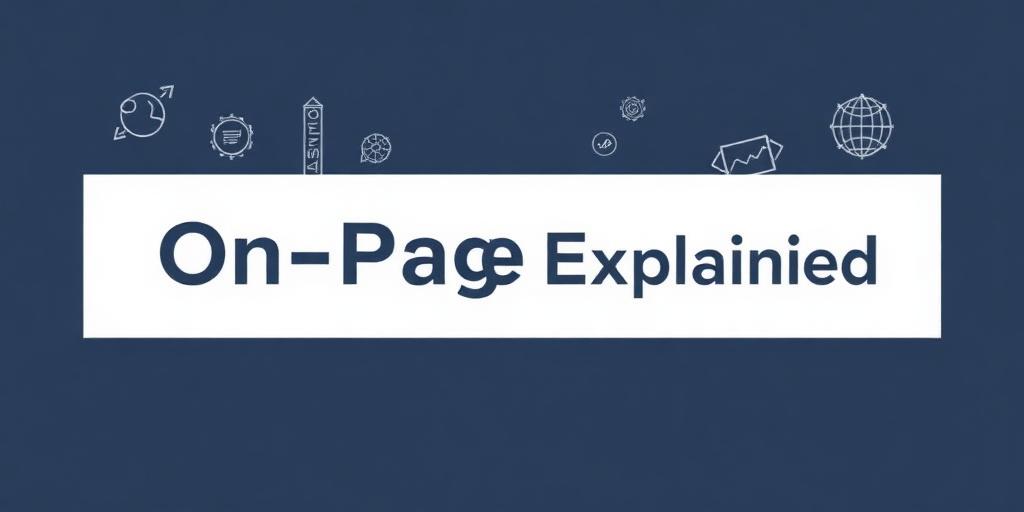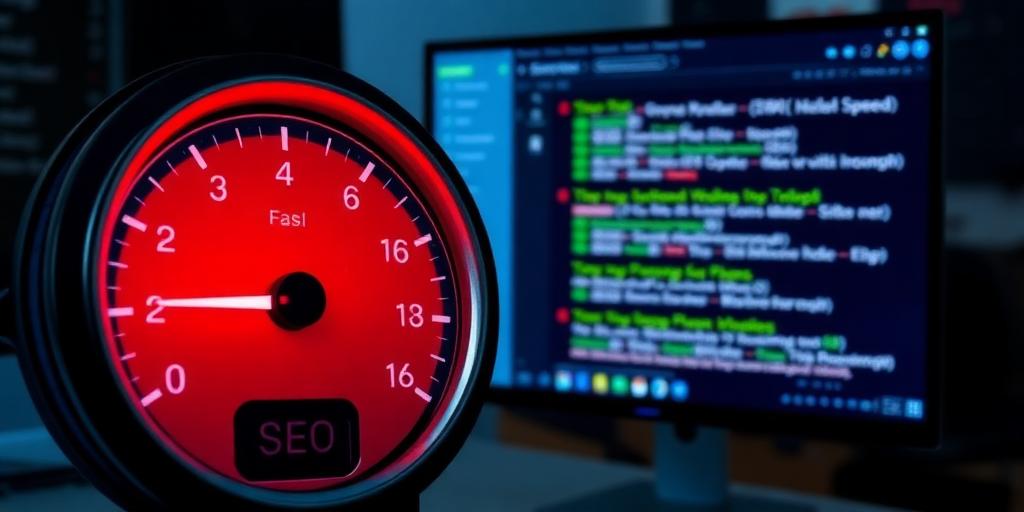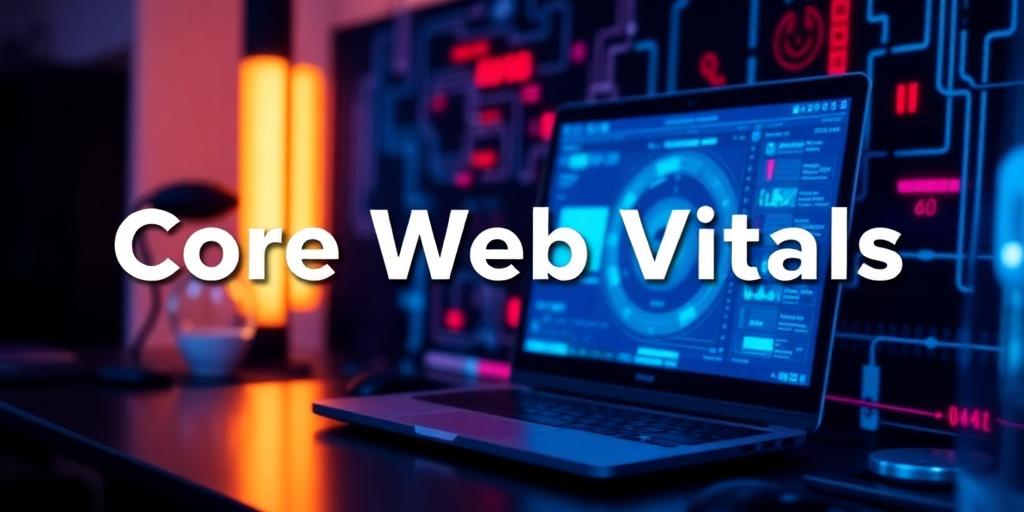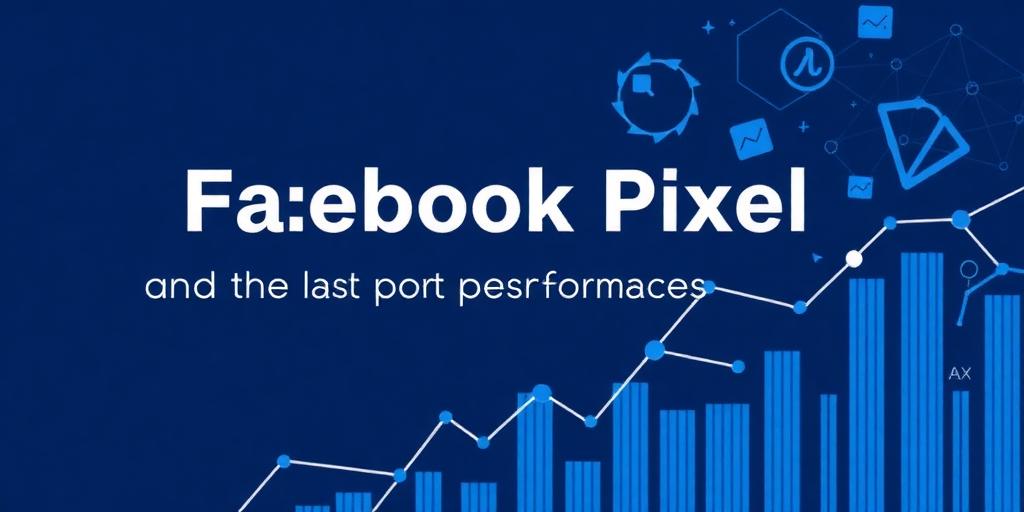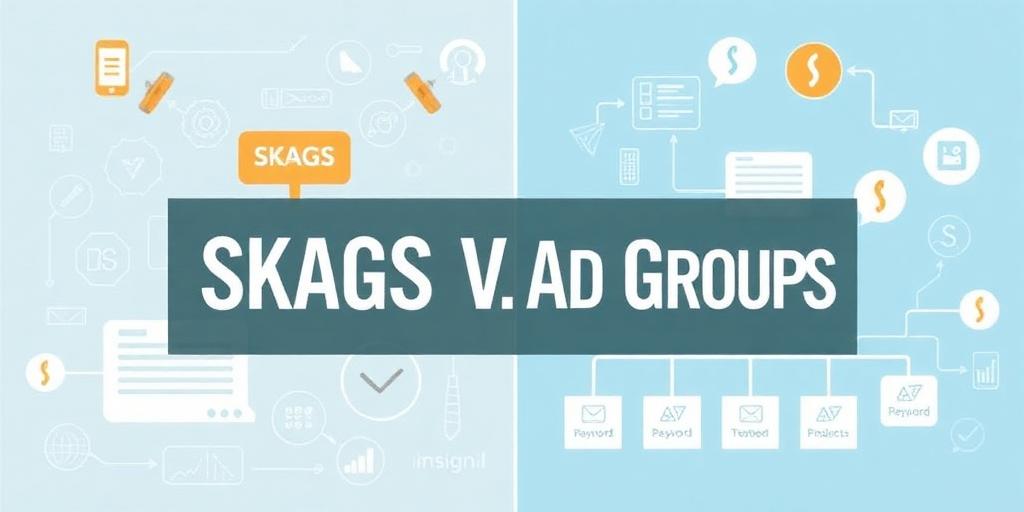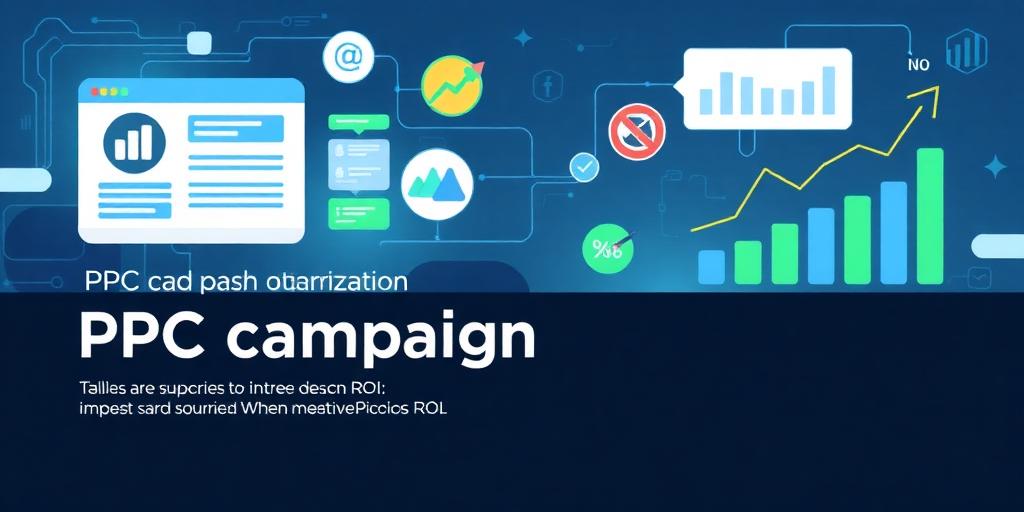On-Page SEO: A Straightforward Guide
In the ever-evolving digital landscape, mastering Search Engine Optimization (SEO) is essential for online visibility. On-page SEO, specifically, involves optimizing elements within your website to improve search engine rankings and attract more organic traffic. This guide breaks down on-page SEO into simple, actionable steps.
What is On-Page SEO?
On-page SEO refers to all the techniques you can use directly on your website to improve its search engine rankings. It’s about making changes to your website's content and HTML source code. This differs from off-page SEO, which involves external optimization tactics, like building backlinks.
Why is On-Page SEO Important?
Search engines like Google use complex algorithms to understand and rank web pages. On-page SEO helps these algorithms by providing clear signals about the content and context of your pages. Effective on-page SEO makes it easier for search engines to:
- Understand your content.
- Index your pages correctly.
- Rank your pages for relevant search queries.
Key Elements of On-Page SEO
Title Tags:
- What: The title tag is an HTML element that specifies the title of a web page. It’s displayed on search engine results pages (SERPs) and is crucial for first impressions.
- How: Craft compelling title tags that accurately reflect the content of the page and include your primary keyword. Keep it under 60 characters to avoid truncation in search results.
Meta Descriptions:
- What: A meta description is a brief summary of your page's content. While not a direct ranking factor, it influences click-through rates (CTR) from the SERPs.
- How: Write a concise, engaging description that entices users to click on your link. Include your primary keyword and keep it under 160 characters.
Header Tags (H1-H6):
- What: Header tags are HTML elements used to define headings and subheadings on your page. They help structure your content and improve readability.
- How: Use header tags hierarchically (H1 for the main heading, H2 for subheadings, etc.). Include relevant keywords in your headers to provide context to search engines.
Content Optimization:
- What: High-quality, relevant content is the cornerstone of on-page SEO. Content should be informative, engaging, and tailored to your target audience.
- How:
- Keyword Research: Identify relevant keywords with tools like Google Keyword Planner.
- Keyword Integration: Naturally incorporate keywords into your content.
- Content Structure: Break up text with headings, subheadings, bullet points, and visuals.
- Readability: Use clear, concise language. Aim for a readability score that suits your audience.
URL Structure:
- What: A well-structured URL is user-friendly and helps search engines understand the page's content.
- How: Use short, descriptive URLs that include your primary keyword. Avoid using special characters or unnecessary words.
Image Optimization:
- What: Optimizing images improves page load speed and provides additional SEO opportunities.
- How:
- File Names: Use descriptive file names that include relevant keywords (e.g.,
on-page-seo-guide.jpg). - Alt Text: Add alt text to all images. Alt text provides context to search engines and improves accessibility.
- Compression: Compress images to reduce file size without sacrificing quality.
- File Names: Use descriptive file names that include relevant keywords (e.g.,
Internal Linking:
- What: Internal links connect different pages within your website. They help distribute link equity and improve navigation.
- How: Link relevant pages to each other using descriptive anchor text. Ensure that internal links add value to the user experience.
Best Practices for On-Page SEO
- Mobile Optimization: Ensure your website is mobile-friendly. Mobile-first indexing means Google primarily uses the mobile version of your website for indexing and ranking.
- Page Speed: Optimize your website for speed. Use tools like Google PageSpeed Insights to identify and fix performance issues.
- User Experience (UX): Create a user-friendly website. Focus on easy navigation, clear calls-to-action, and an intuitive design.
- Schema Markup: Implement schema markup to provide search engines with more information about your content. Schema markup can enhance your search results with rich snippets.
Tools for On-Page SEO
- Google Search Console: Monitor your website’s performance and identify issues.
- Google Analytics: Track website traffic and user behavior.
- Yoast SEO/Rank Math: SEO plugins for WordPress that provide real-time feedback on your on-page optimization efforts.
- SEMrush/Ahrefs: Comprehensive SEO tools for keyword research, site audits, and competitor analysis.
Conclusion
On-page SEO is a critical component of any successful SEO strategy. By optimizing your website's content and HTML elements, you can improve your search engine rankings, attract more organic traffic, and enhance the user experience. Regularly review and update your on-page SEO efforts to stay ahead in the dynamic world of search engine optimization.

